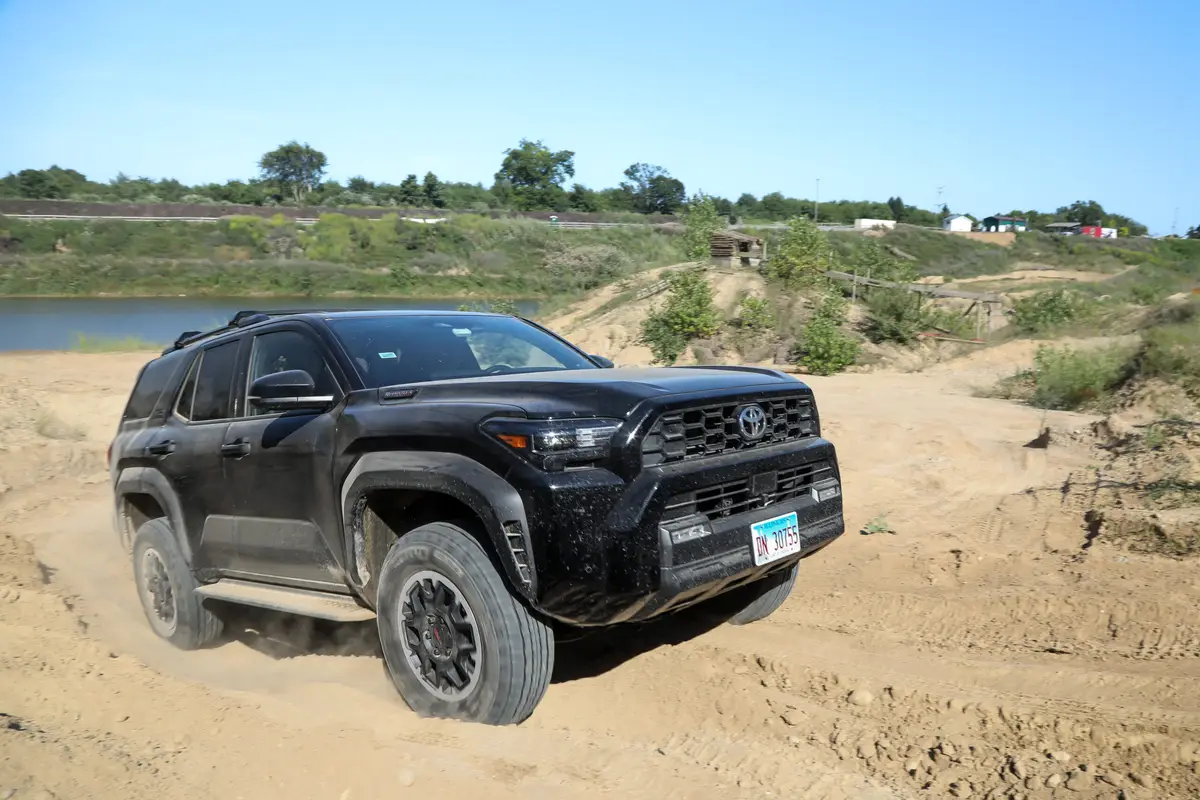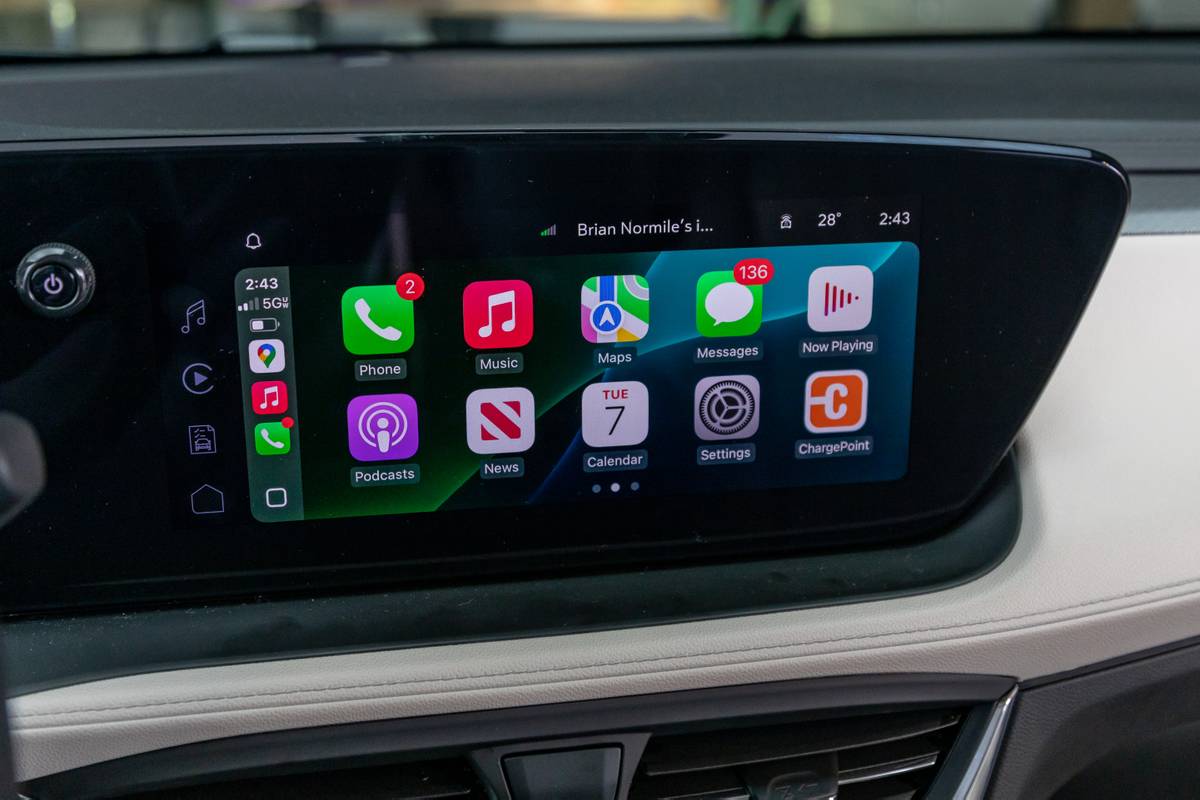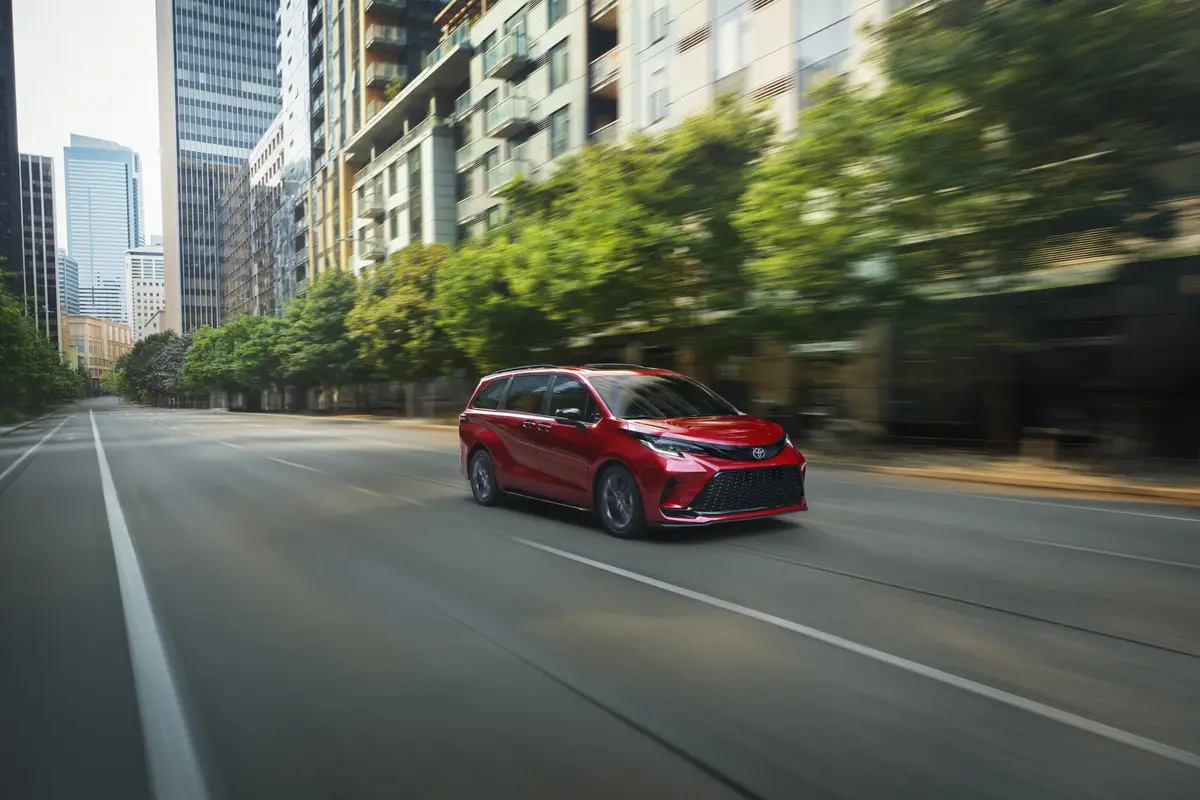IndyStar.com's view
If there ever was a car that could be considered a “sleeper” among the world’s performance sedans, it is the 1998 Jaguar XJR.
The Jag XJR has sort of dwelled in the shadows of the performance four-door segment of the market, and even hasn’t received the name recognition accorded its sister vehicles, the XJ8 and Vanden Plas.
But the XJR that is represented locally by Tom Wood Jaguar is a stand alone automobile that harbors its own view of life in the fast lane.
The ’98 Jaguar XJR is potent with a capital P via a supercharged four cam V-8 that puts out an eye-opening 370-horsepower. Zero to 60 miles per hour falls into place in 5.4 seconds. Top speed is 155 mph.
Now that puts you right up among some smoking guns in the muscle car category, and all while ensconced amidst leather, birds-eye maple wood, and an unending variety of power accessories and comfort and convenience items.
The Jag has always been known as a luxury-type automobile, and in sports car form a quick running one to boot. But the XJR transforms the limited conveniences of a two-seater into an automobile of much broader scope
Three hundred seventy five horsepower is a bunch, and represents the most powerful production series Jaguar engine ever made. It is achieved by matching a specially engineered version of Jaguar’s AJ-V-8 with a positive displacement supercharger and twin intercoolers.
Jaguar’s base AJ-V-8 is a normally aspirated (non-supercharged), four overhead cam 32-valve V-8 that power the XJ8 and Vanden Plas sedans and the XJ8 coupe and convertible models.
It’s a solid 4.0-liter (244 cubic inch) motor, but in normally aspirated form gives away 80-horsepower to the supercharged version of the AJ- V-8. It also gives away 97 foot-pounds of torque.
The supercharged V-8 develops 387 foot-pounds of torque, and at 1,600 rpm already is producing more torque than the normally aspirated engine is producing at its peak.
This supercharged V-8 was developed largely in parallel with the normally aspirated engine, and utilizes a positive displacement supercharger rather than a turbocharger because Jaguar engineers wanted immediate throttle response.
Two liquid-cooled intercoolers are fitted, one to each bank of cylinders, to cool and increase the density of the pressurized incoming fuel/air mass. This maximizes the torque across a broad engine speed range.
Other features are new pistons that are dished instead of being flat-topped so as to lower the compression ratio. And there are new stainless steel cylinder head gaskets to withstand higher cylinder pressures.
Eliminated is Jaguar’s VCP (variable can phasing) system because the motor develops so much power it is not needed.
It isn’t necessary to advance or retard the position of the camshaft lobes to achieve more power at various engine speeds.
It is obvious if you are going to put the hammer down with this thing the first instructions are, “Sit up and pay attention.” At 5.4 seconds away from the stop lights and at 155 per you are not exactly dragging your feet.
To make sure the power gets out to the rear wheels, Jaguar turned to Mercedes-Benz for a transmission.
An MB five-speed automatic already had been engineered to withstand high torque loads, so Jag technicians mated it to the AJ-V-8 by building a new transmission housing and revising the torque converter.
There also were some internal changes to the Jaguar J-gate gearshift operation. Two shift modes are available, Sport and Normal.
Control is essential with an automobile like this, and Jaguar engineers have incorporated 18-inch Z-rated (high speed) tires. The Jag always rode well and handled well thanks to the rear-drive’s independent suspension at the back as well as the front. Automatic stability control provides squat and dive control under hard driving. Traction control limits wheel spin under slippery conditions.
Style -wise the XJR shares the same body shell as the XJ8, but has a different front end look courtesy of its own grille. The sedan is a five-seater with front luxury seats divided by the traditional center console.
Something else that’s different is the price, which Jaguar pegs at $67,400 plus freight. But then I’ve always said speed costs money, and in this case it’s luxurious speed.
Latest news



